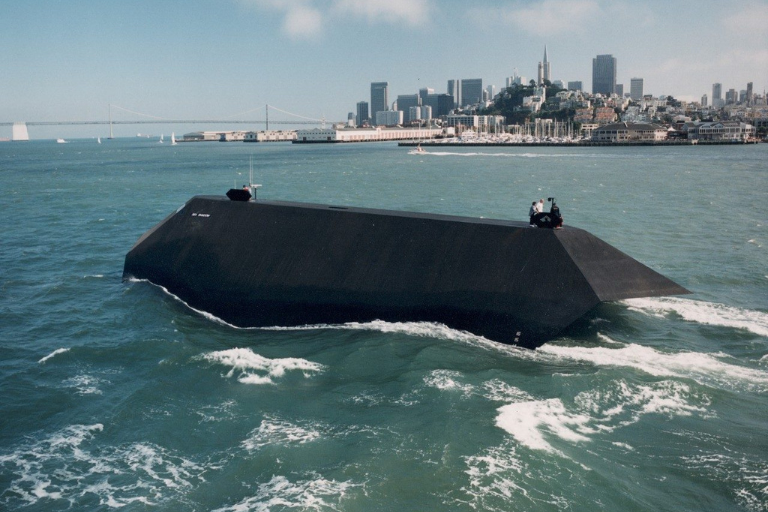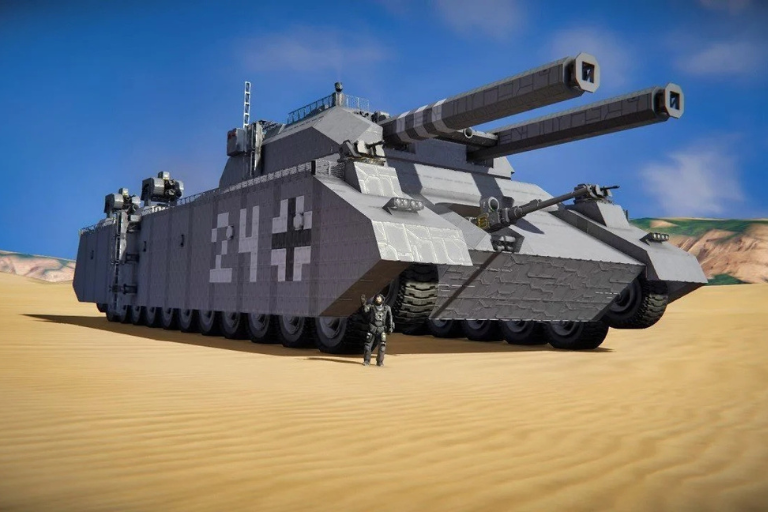Military history is filled with tales of triumph and innovation, where strategic brilliance and cutting-edge technology have often played pivotal roles in shaping conflicts. However, not every military invention has met with success. In fact, some have been downright failures, either due to impracticality, poor execution, or simply being ahead of their time. In this article, we’ll explore 10 military inventions that, despite their initial promise, ultimately fell short of expectations.
1. The Krummlauf Barrel

Designed during World War II by Nazi Germany, the Krummlauf was an attempt to create a curved barrel attachment for rifles, enabling soldiers to shoot around corners without exposing themselves. However, the design proved impractical, with accuracy and barrel erosion issues rendering it largely ineffective.
2. Project Habbakuk

In the midst of World War II, British inventor Geoffrey Pyke proposed building aircraft carriers out of pykrete, a mixture of wood pulp and ice. The idea was to create unsinkable floating airfields, but the impracticality of constructing and maintaining these colossal ice structures in the middle of the ocean led to the project’s abandonment.
3. The Bat Bomb

Developed by the United States during World War II, the bat bomb was a peculiar concept involving bats carrying incendiary devices. The plan was to release thousands of bats over Japanese cities, where they would roost in wooden structures before detonating. However, the project was scrapped due to logistical challenges and the emergence of more effective weapons.
4. The Tsar Tank

Built by Russia during World War I, the Tsar Tank was a colossal tricycle-like vehicle with two large front wheels and a smaller rear wheel. Its intended purpose was to traverse difficult terrain, but the tank’s sheer size and impractical design led to its abandonment after a single prototype was constructed.
5. The Davy Crockett Nuclear Recoilless Rifle

The Davy Crockett was a portable nuclear weapon developed by the United States during the Cold War. Despite its potential for devastating power, the weapon’s limited range and the inherent risks associated with using small-scale nuclear devices led to its phased-out retirement.
6. The V-3 Supergun

Constructed by Nazi Germany during World War II, the V-3 Supergun aimed to bombard London from across the English Channel. While the technology was innovative, the strategic bombing campaign was largely ineffective due to logistical challenges and Allied bombing raids destroying the launching sites.
7. The Sea Shadow Stealth Ship

Developed by the United States in the 1980s, the Sea Shadow was an experimental stealth ship. Despite its advanced design, the project was deemed too expensive, and the ship never saw active service, eventually becoming a museum piece.
8. The Soviet Ekranoplan

Also known as the “Caspian Sea Monster,” the Ekranoplan was a massive ground-effect vehicle developed by the Soviet Union during the Cold War. While the concept was intriguing, the limitations in its operational range and vulnerability to enemy fire led to the project’s discontinuation.
9. The Gyrojet Rocket Pistol

In the 1960s, the Gyrojet rocket pistol was touted as a revolutionary firearm that fired small rocket-propelled rounds. However, issues with accuracy, manufacturing costs, and the impracticality of the design led to its commercial failure.
10. The Landkreuzer P. 1000 Ratte

Proposed by Nazi Germany during World War II, the Landkreuzer P. 1000 Ratte was an enormous tank weighing over a thousand tons. The impracticality of such a colossal vehicle, coupled with the lack of available resources, meant that only blueprints were ever created.



GIPHY App Key not set. Please check settings